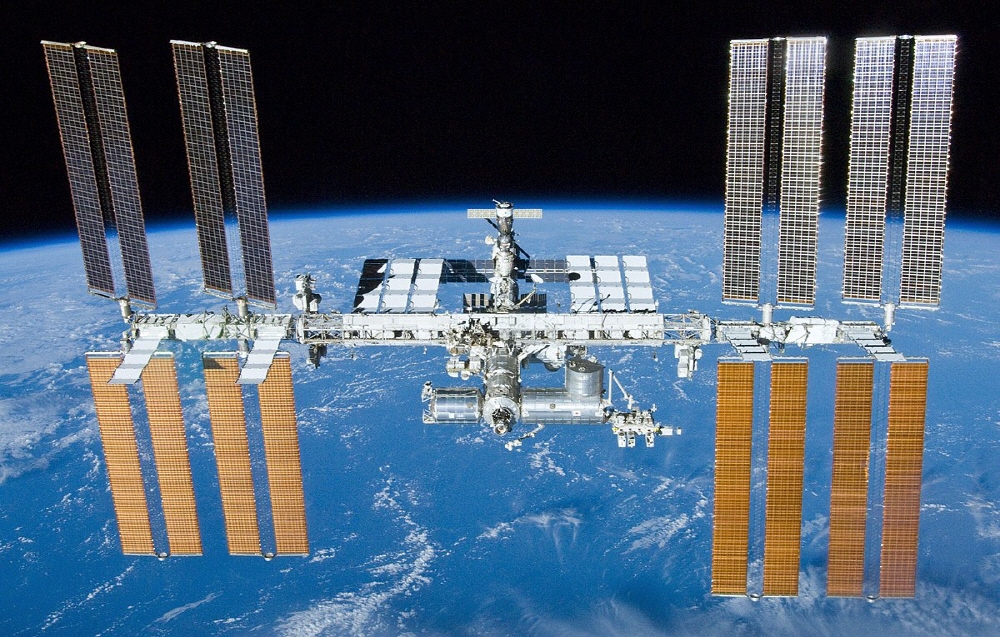
The fifth state of matter, the Bose-Einstein condensation, was created through an experiment held at the International Space Station. In this experiment, it was proved that the Bose-Einstein condensation in a microgravity environment has characteristics different from those on Earth.
Bose-Einstein condensation is the fifth state of matter following solid, gas, liquid, and plasma, in which a group of particles suddenly stagnate at the lowest energy level below temperature. When Bose-Einstein condensation occurs, the wave functions for each atom begin to overlap each other, causing the entire particle system to act as the same wave. The final condensate becomes a macroscopic quantum state expressed as a wave function of one individual atom and behaves consistently.
The Bose-Einstein condensation was predicted in 1925 by physicists Einstein and Satyendra Nath Bose). In 1995, 70 years after this prophecy, a research team from the University of Colorado and the MIT Institute of Technology succeeded in realizing it, and the team won the 2001 Nobel Prize in Physics through this experiment.
In order to realize the Bose-Einstein condensation state, it is necessary to cool down from a few micro-Kelvin to hundreds of nano-Kelvin by laser cooling to a temperature infinitely close to absolute zero, and trap the atoms with a magneto-optical trap. However, there was a problem that it was difficult to accurately control the Bose-Einstein condensation state because gravity affects atoms on the ground.
Therefore, in 1995, the research team, including three researchers who realized the Bose-Einstein condensation and won the Nobel Prize, proposed an experiment to realize the Bose-Einstein condensation state in space where gravity is weak. In response to this proposal, NASA conducted an experiment aimed at realizing Bose-Einstein condensation in microgravity environments using a meteorological rocket in November of the same year by NASA using the International Space Station. .
On June 11, 2020, the NASA research team, which conducted an experiment at the International Space Station, published a paper that realized Bose-Einstein condensation in a microgravity environment. In this paper, the research team reported that Bose-Einstein condensation in microgravity environment has different characteristics from ground environment. As the free expansion time increases, the observation time increases and the measurement accuracy increases, which is a very important factor in the study related to Bose-Einstein condensation.
In addition, it is said that in the microgravity environment, it is possible to get closer to absolute zero because it can capture atoms with weaker force than in the ground environment. For this reason, more accurate observations are possible in microgravity environments. The research team explains that the Bose-Einstein condensation study in microgravity environment can be useful for various studies such as experiments on general relativity, spacecraft navigation, dark matter and gravitational waves for the purpose of exploring underground minerals such as the moon. Related information can be found here .


















Add comment